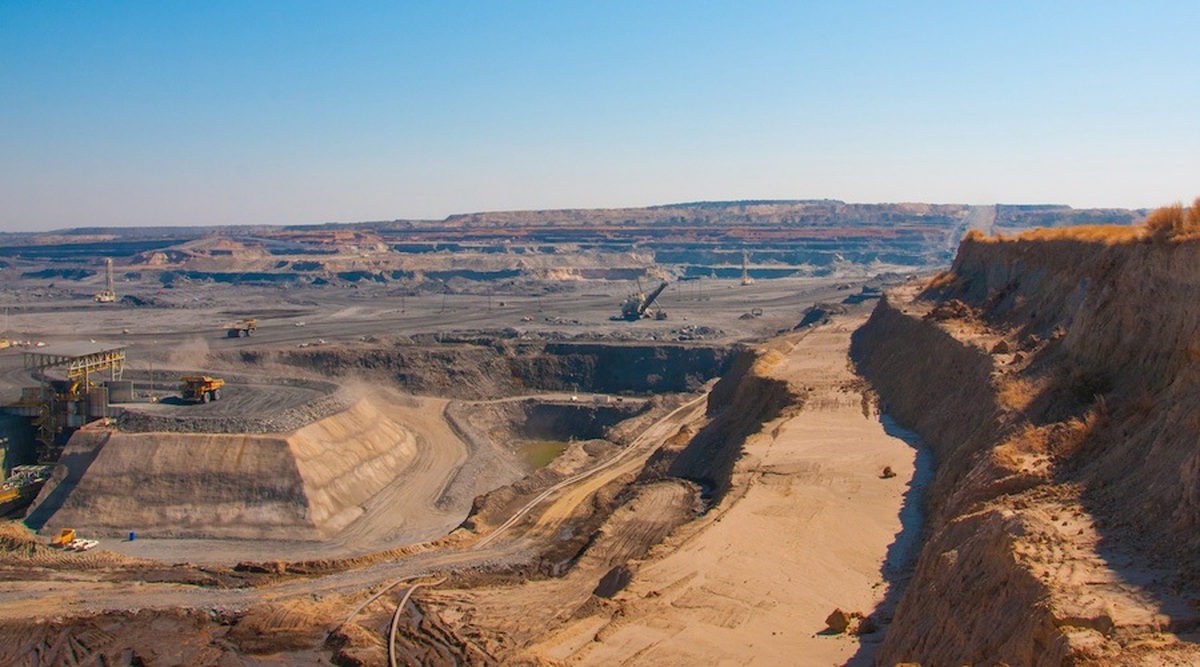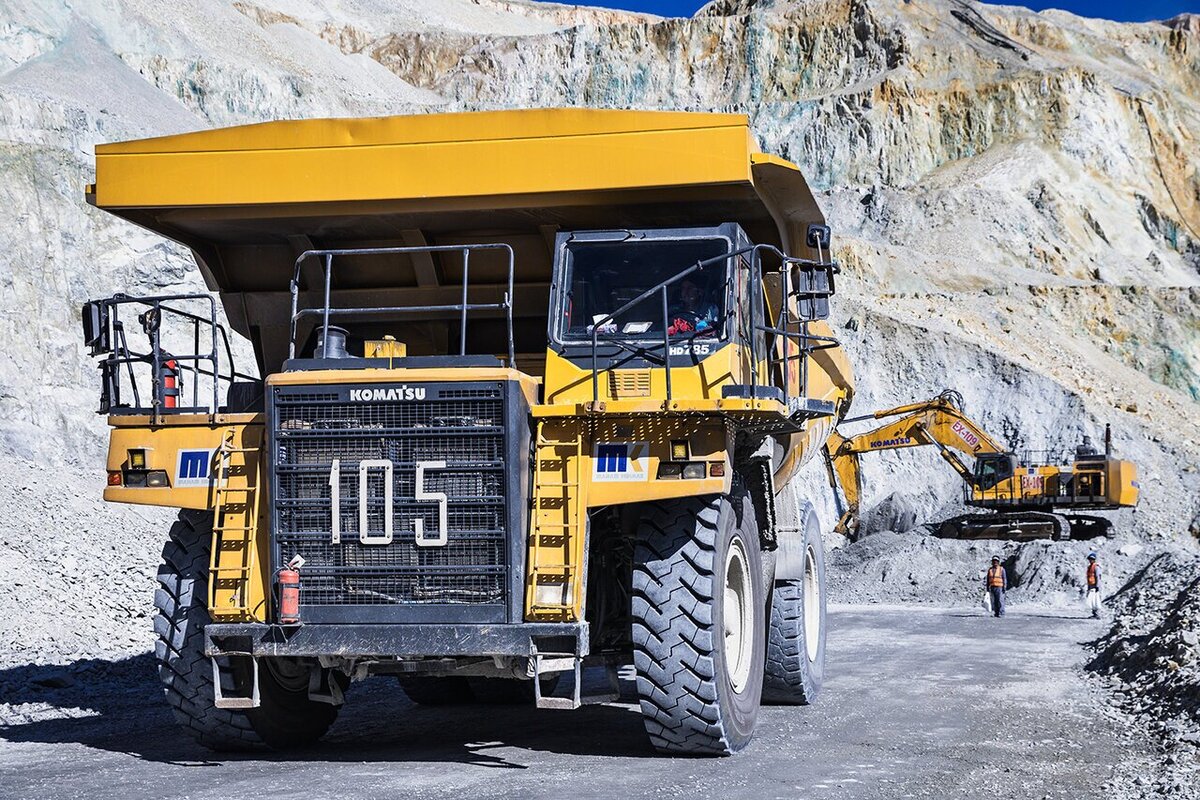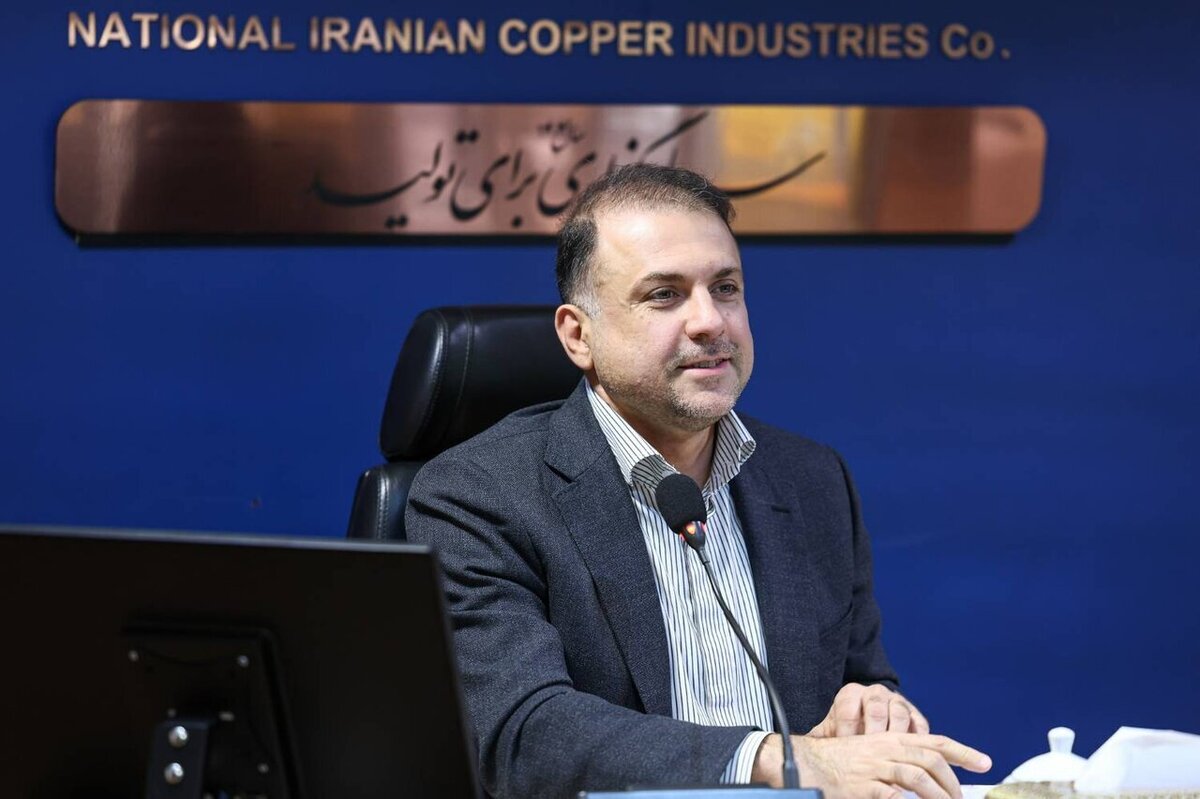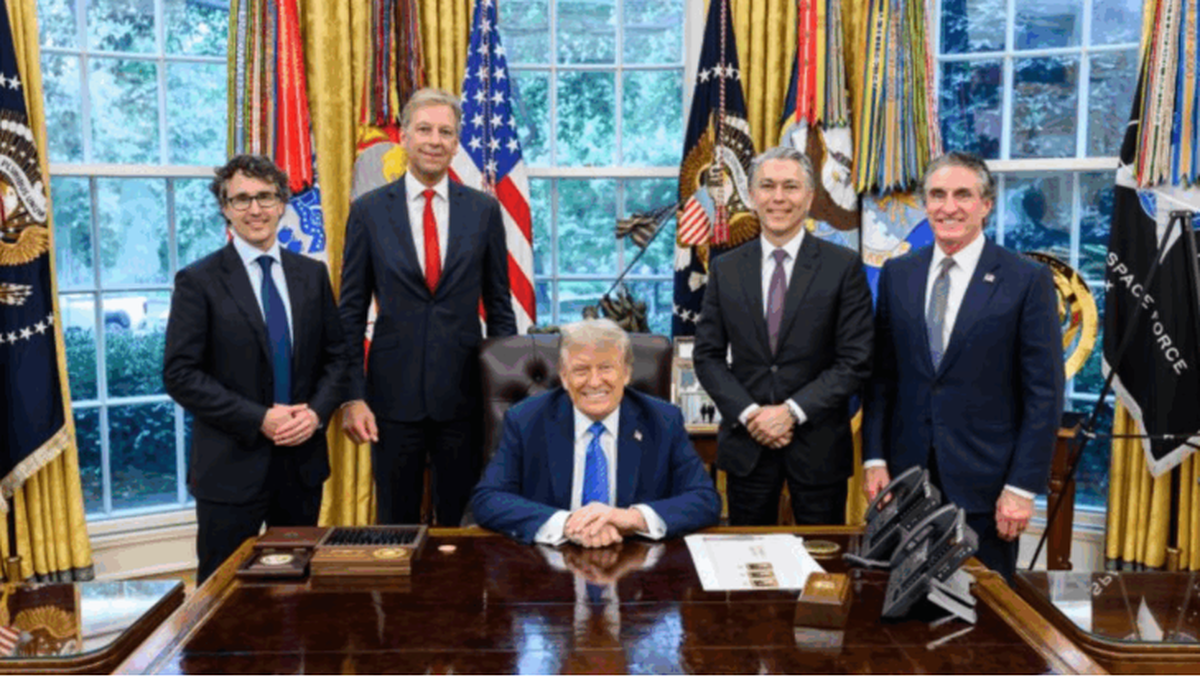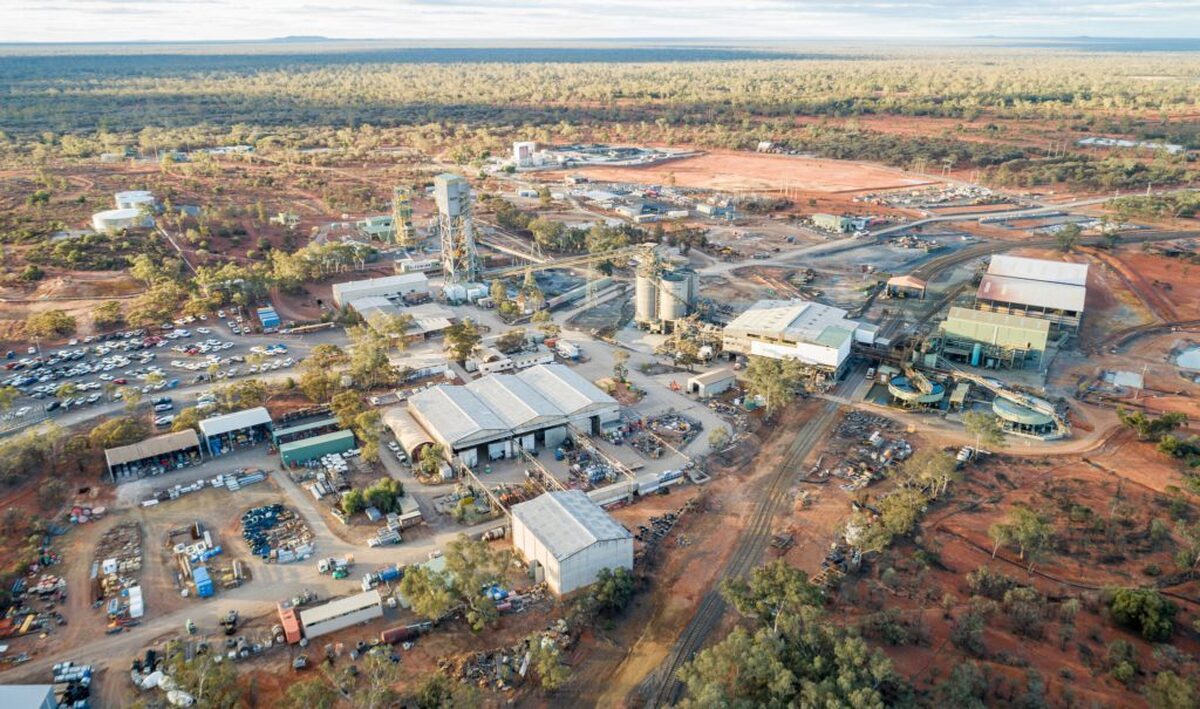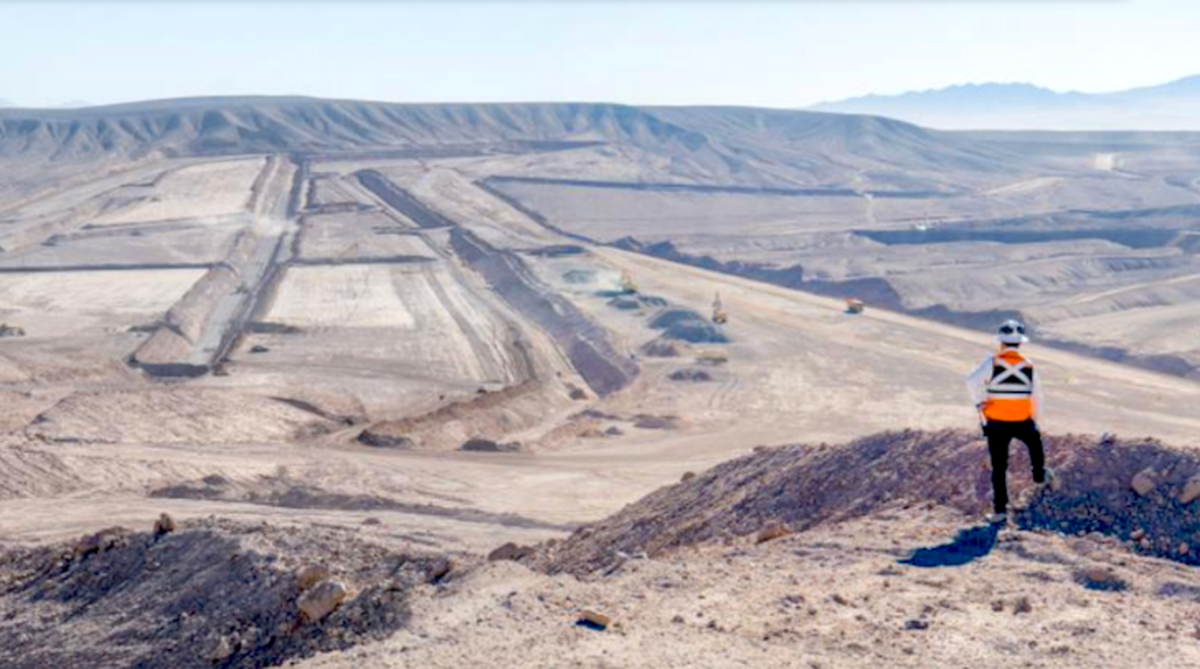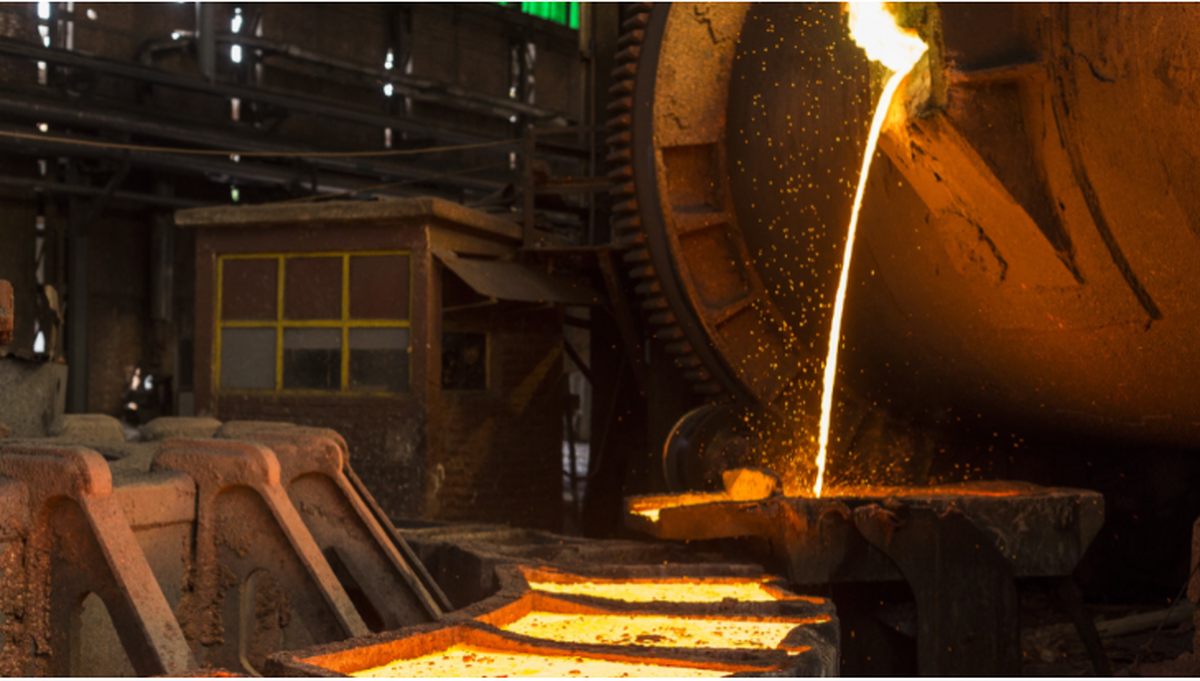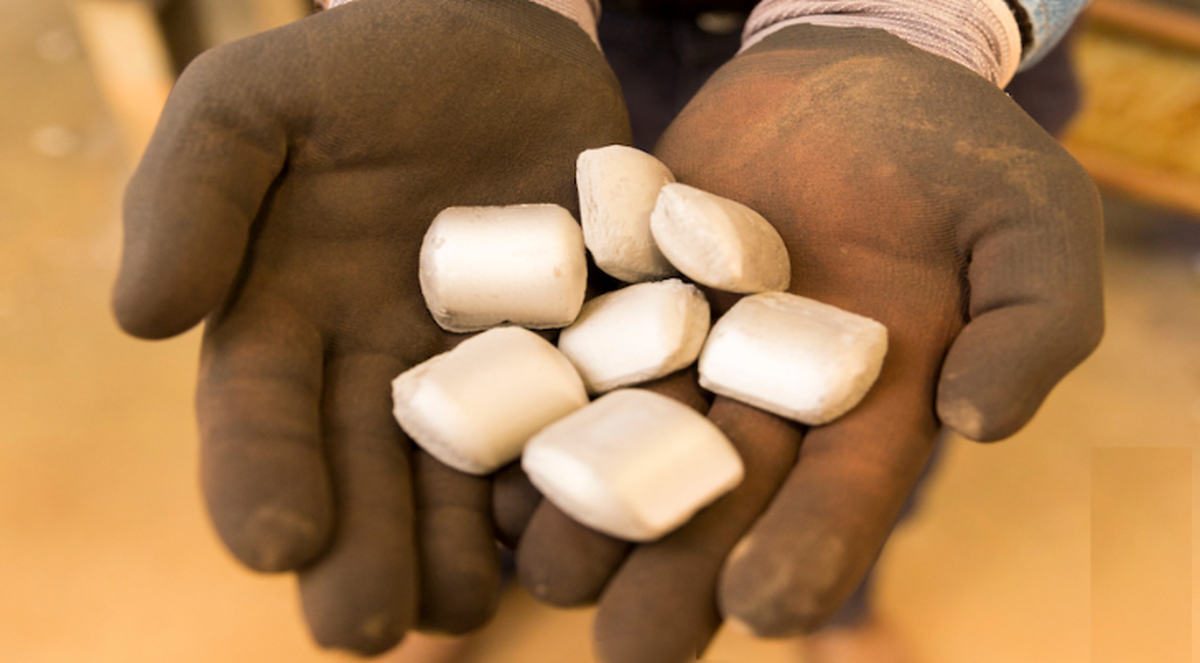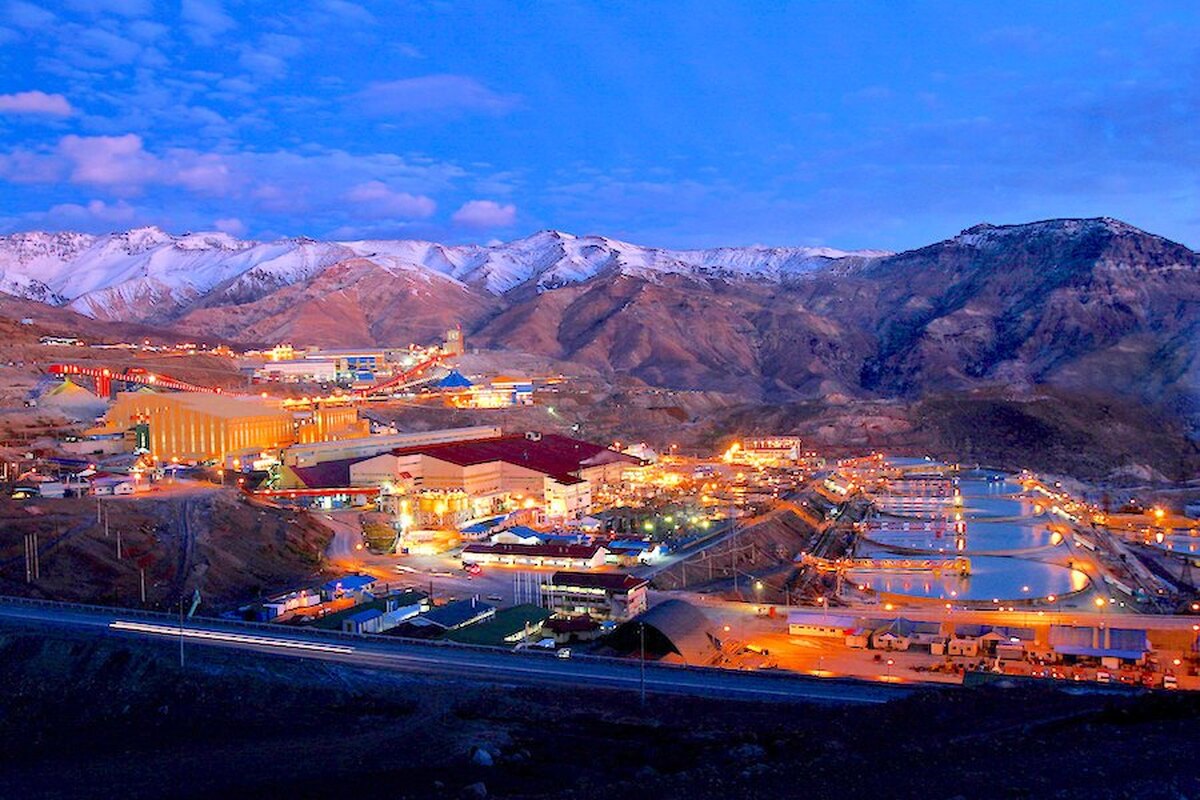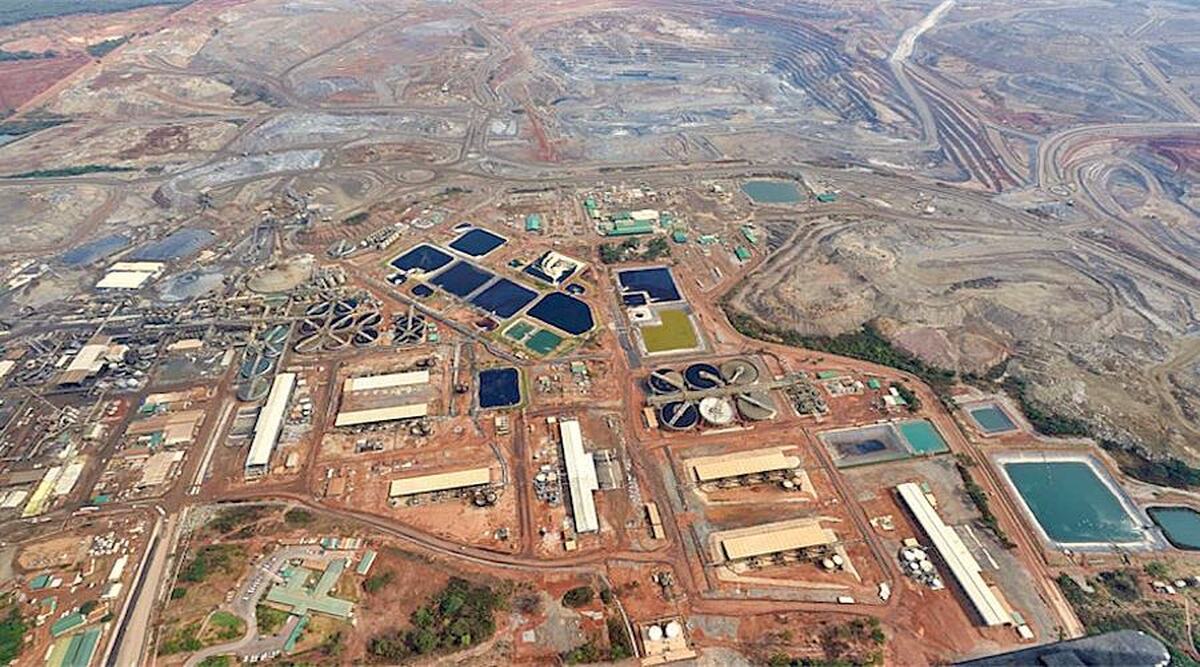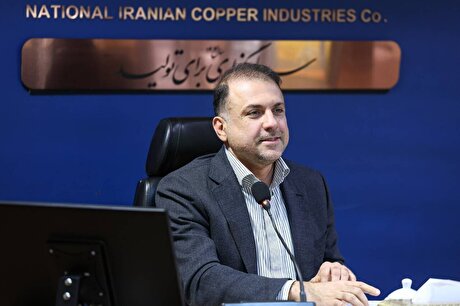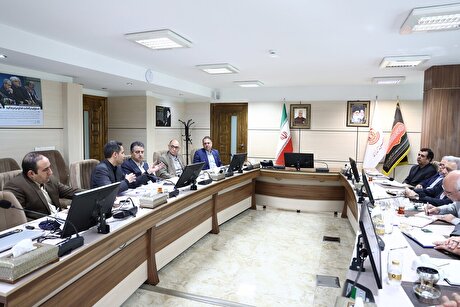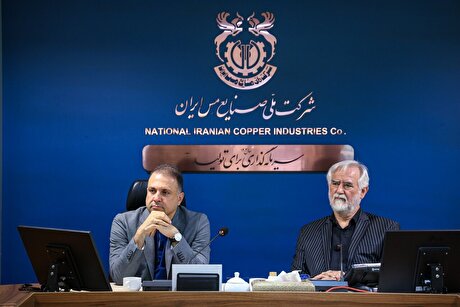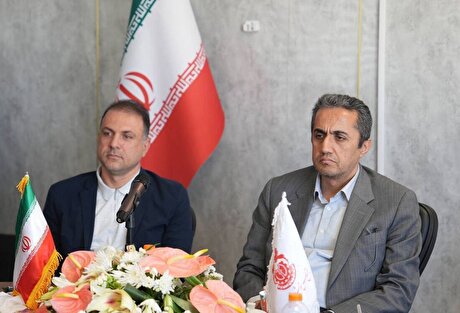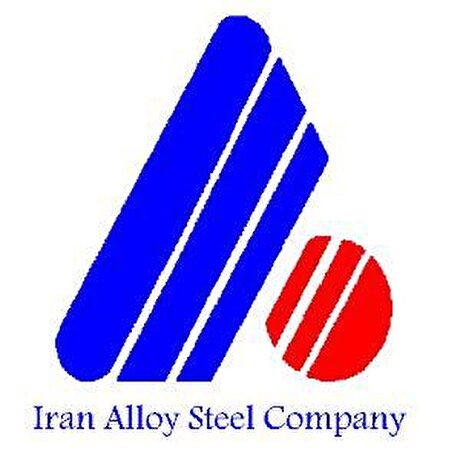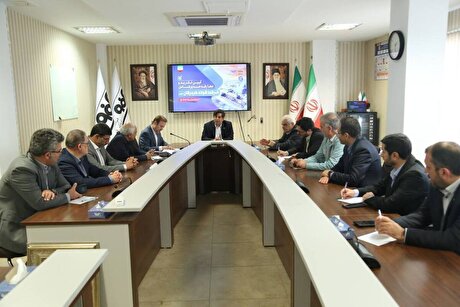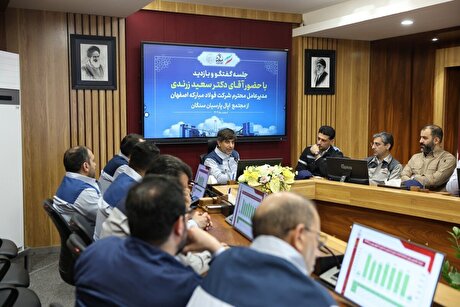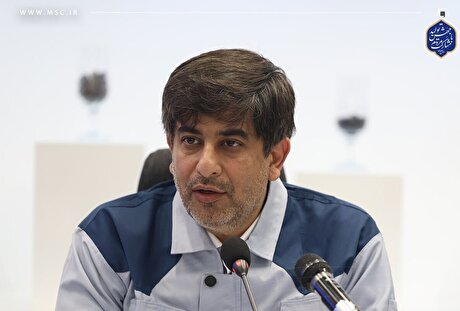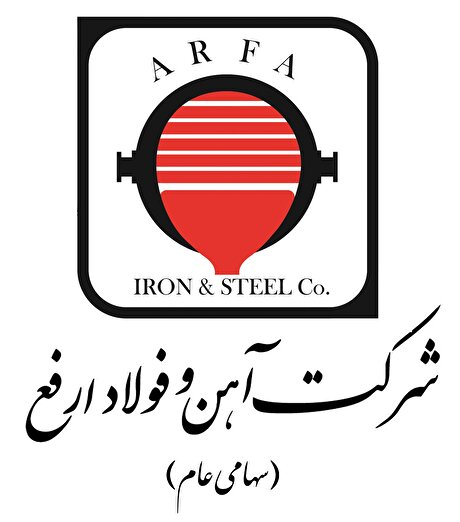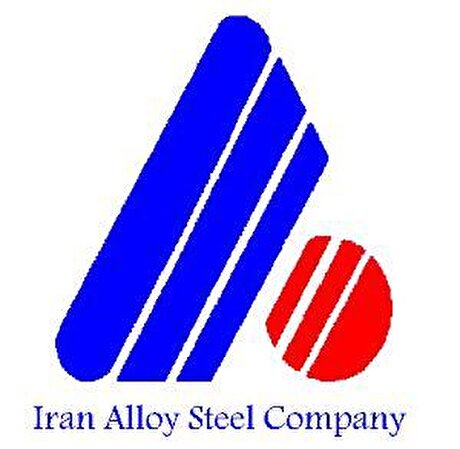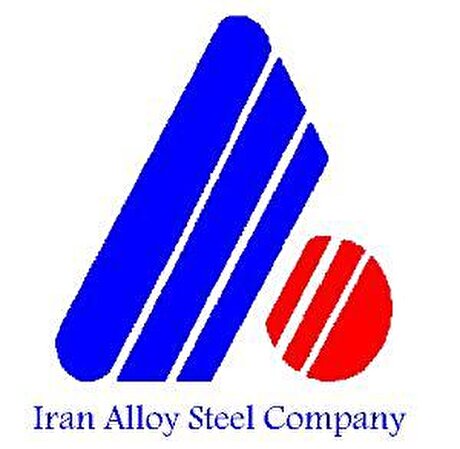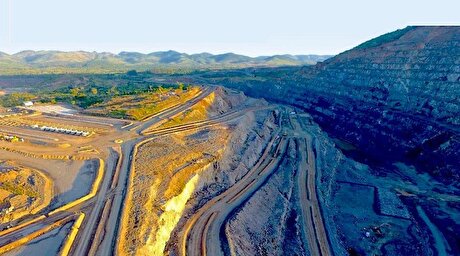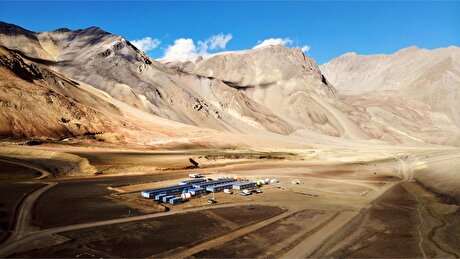
Ivanhoe advances Kamoa dewatering plan, plans forecasts
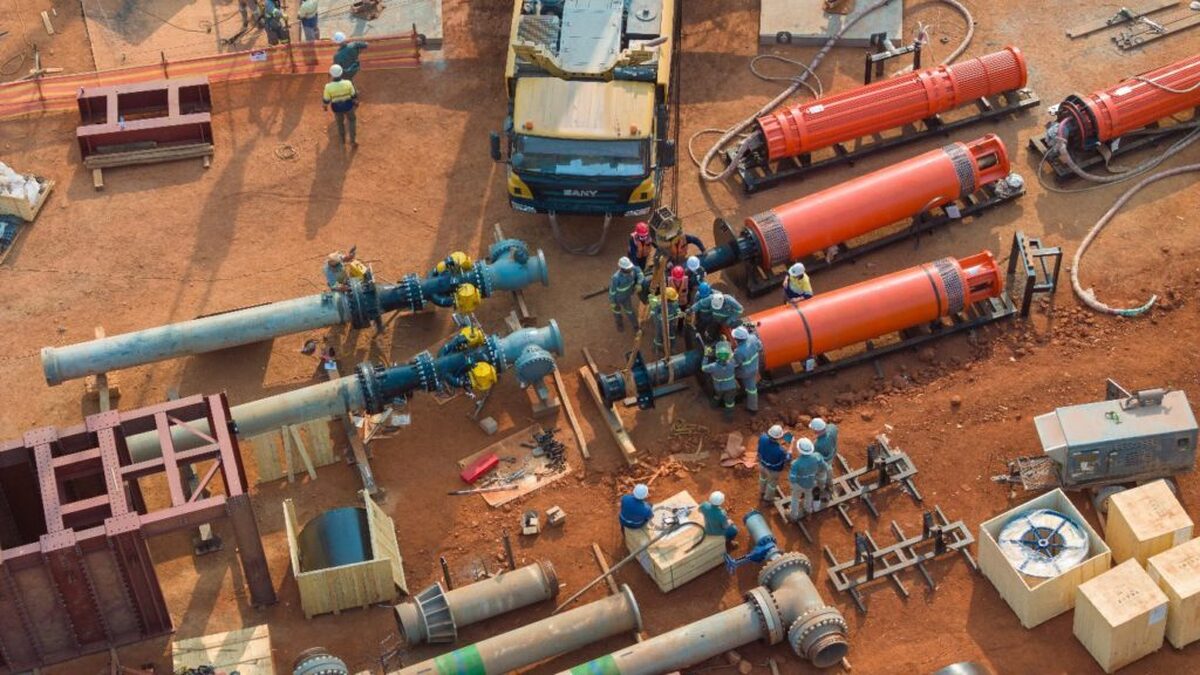
According to me-metals cited from mining.com, The company is ramping up its dewatering with four new high-capacity submersible pumps, it said Monday. The western side is expected to be fully drained within eight weeks, which would allow Ivanhoe to regain access to higher-grade areas by year-end.
The company now expects to state new 2026 and 2027 outlooks and a new life-of-mine plan by mid-September.
The “update matches previously guided timelines for dewatering Kakula,” BMO Capital Markets mining analyst Andrew Mikitchook said in a note on Monday.
Ivanhoe halted operations at Kamoa-Kakula for three weeks after seismic activity on May 18 severely flooded the underground mine, particularly the eastern section. The company revised down its 2025 forecast by 28% to between 370,000 and 420,000 tonnes of copper in concentrates.
Shares in Ivanhoe Mines gained 0.3% to C$11.74 apiece by mid-Monday in Toronto, taking its market capitalization to C$15.8 billion ($11.4 billion).
Kamoa East
The company said this month the plan to drain eastern Kamoa-Kakula by the end of this year would cost $70 million while increasing C1 cash costs to $1.90 to $2.20 per lb. copper from the previous estimate of $1.70 to $1.90 per pound.
Ivanhoe has been gradually restoring operations via a three-stage drainage plan. The first stage, which was to stabilize and maintain current water levels with temporary pumps, was completed on June 2, allowing the company to resume mining at Kamoa West.
The second stage requires the installation surface-mounted pumps and new permanent infrastructure to fully dewater the mine. According to the company, two of the new 4.2-megawatt pumps are expected to be operational by month-end, and the remaining two by mid-September. These pumps will be fully submerged until the end of November, when the majority of the dewatering is expected to be completed.
Third stage
The final stage of dewatering activities is to start late this year, involving the use of existing horizontal pumping infrastructure to drain the remaining areas deep on the eastern side. As water levels subside, rehabilitation will start as required, the company said.
BMO’s Mikitchook previously said in a note that “management’s goal is to return Kamoa-Kakula to similar throughputs as previously planned by 2027.”
The company recently said that mining rates at the western section of Kamoa-Kakula had recovered to about 300,000 tonnes per month, with both concentrators running at 80-85% capacity as of mid-June.
source: mining.com


Gold price edges up as market awaits Fed minutes, Powell speech
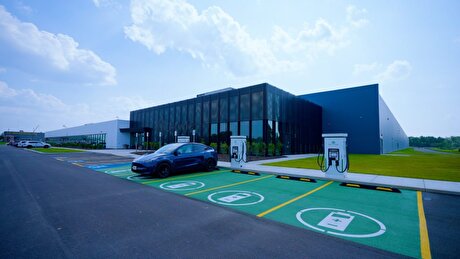
Glencore trader who led ill-fated battery recycling push to exit
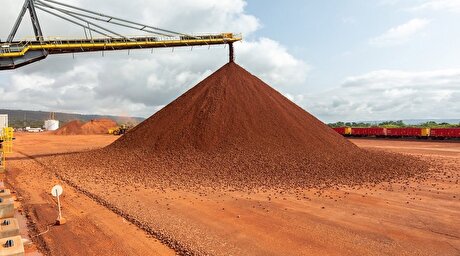
Emirates Global Aluminium unit to exit Guinea after mine seized

UBS lifts 2026 gold forecasts on US macro risks
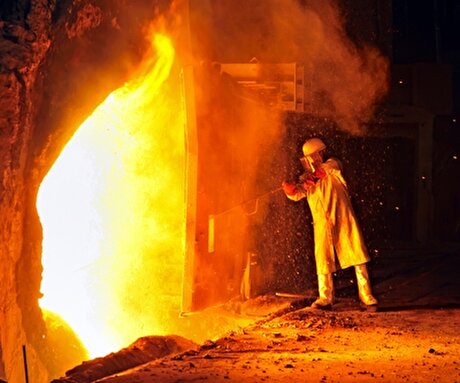
Iron ore price dips on China blast furnace cuts, US trade restrictions

Roshel, Swebor partner to produce ballistic-grade steel in Canada
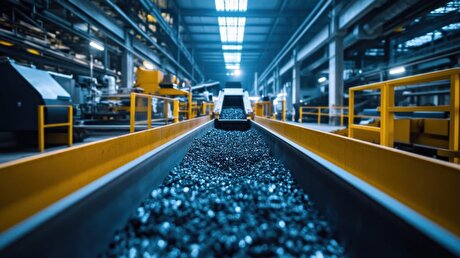
EverMetal launches US-based critical metals recycling platform
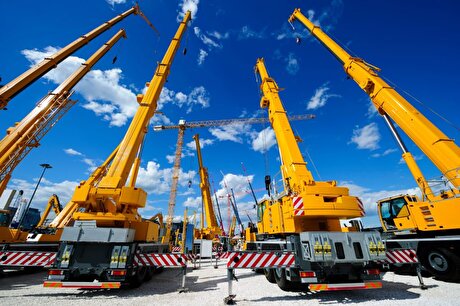
US hikes steel, aluminum tariffs on imported wind turbines, cranes, railcars
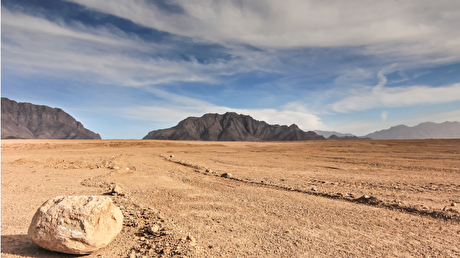
Afghanistan says China seeks its participation in Belt and Road Initiative
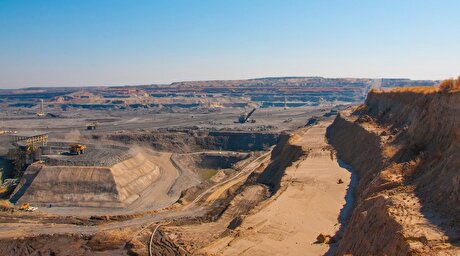
First Quantum drops plan to sell stakes in Zambia copper mines
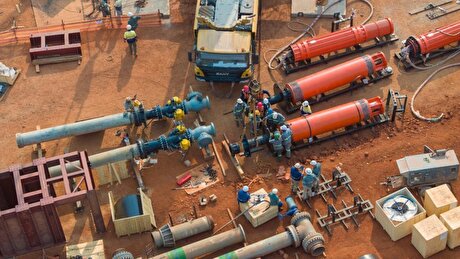
Ivanhoe advances Kamoa dewatering plan, plans forecasts

Texas factory gives Chinese copper firm an edge in tariff war
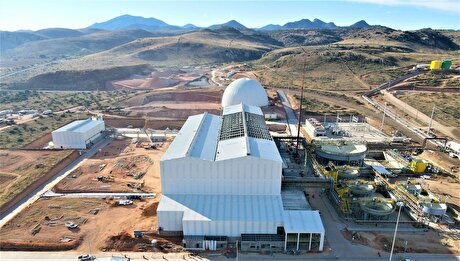
Pan American locks in $2.1B takeover of MAG Silver
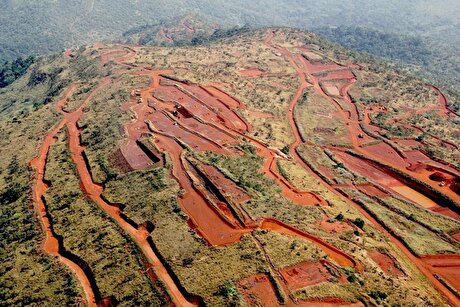
Iron ore prices hit one-week high after fatal incident halts Rio Tinto’s Simandou project
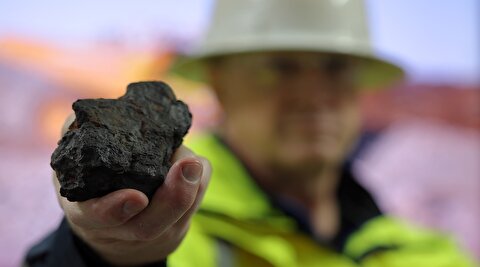
US adds copper, potash, silicon in critical minerals list shake-up

Barrick’s Reko Diq in line for $410M ADB backing

Gold price gains 1% as Powell gives dovish signal
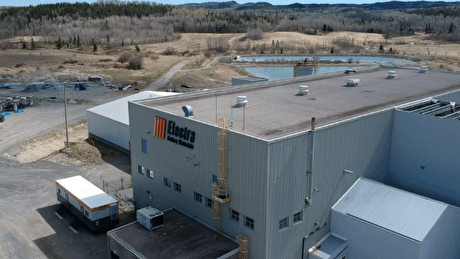
Electra converts debt, launches $30M raise to jumpstart stalled cobalt refinery
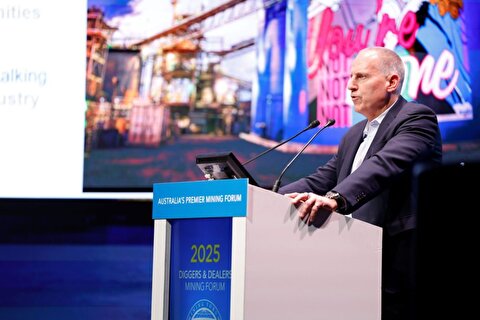
Gold boom drives rising costs for Aussie producers

First Quantum drops plan to sell stakes in Zambia copper mines

Ivanhoe advances Kamoa dewatering plan, plans forecasts

Texas factory gives Chinese copper firm an edge in tariff war

Pan American locks in $2.1B takeover of MAG Silver

Iron ore prices hit one-week high after fatal incident halts Rio Tinto’s Simandou project

US adds copper, potash, silicon in critical minerals list shake-up

Barrick’s Reko Diq in line for $410M ADB backing

Gold price gains 1% as Powell gives dovish signal

Electra converts debt, launches $30M raise to jumpstart stalled cobalt refinery

